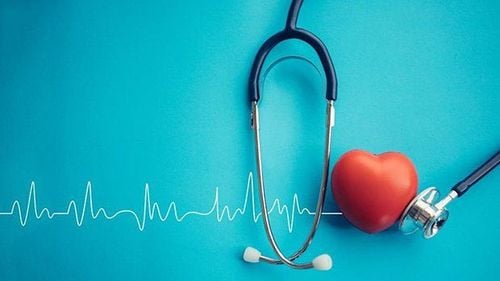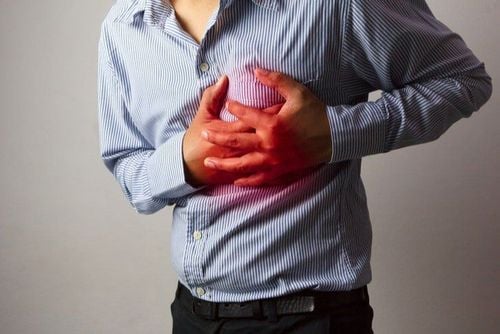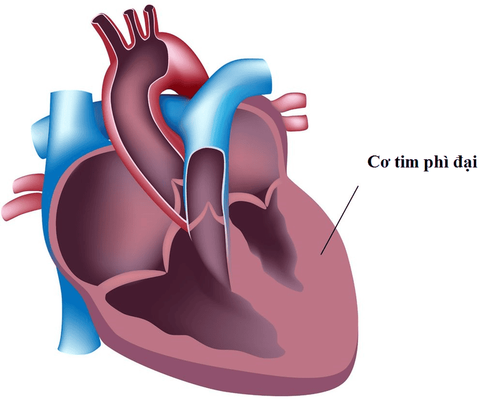This is an automatically translated article.
This article is professionally consulted by Cardiologist - Department of Examination & Internal Medicine - Vinmec Phu Quoc International General Hospital.An arrhythmia is an abnormality in the normal sequence of activities of the heart, causing the heart to not pump blood efficiently. Most arrhythmias are dangerous and require specialist treatment. So how is arrhythmia diagnosed? Please refer to the article below.
1. What is an arrhythmia?
An arrhythmia syndrome is an electrical abnormality of the heart, which may be an abnormality of pacing or an abnormality of electrical conduction in the chambers of the heart. Normally, the heartbeat of the heart is regular and controlled by bioelectricity. The heart rate at rest is about 60-100 beats per minute, increasing rapidly during exercise or stress. At the same time, the heart rate also changes with age (babies have a faster heartbeat than adults) and gender (women's heart rate is usually about 5 beats higher than men's). An arrhythmia is when the heart beats too fast, too slow, or irregularly.Cardiac arrhythmias may cause no symptoms or only cause symptoms such as palpitations, palpitations, feeling that the heart is beating fast or irregularly, etc. However, many cases of the disorder Cardiac arrhythmias can be life-threatening and require hospitalization in an emergency.
2. What is the diagnosis of arrhythmia?
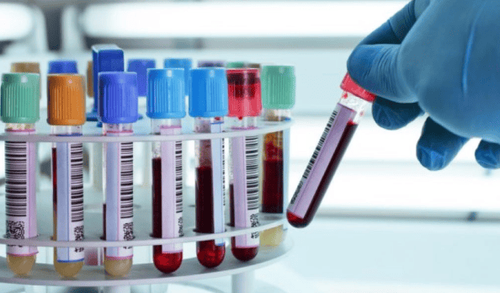
Để chẩn đoán thường cần tiến hành một số xét nghiệm
Cardiac arrhythmia is a common disease in daily clinical practice, the patient can be detected when going to a general health examination or another specialty. There are a number of cases in which elderly patients are diagnosed with arrhythmias when they are hospitalized for treatment of diabetes or hypertension.
The diagnosis of arrhythmia at the hospital is carried out including the following tests:
Total analysis of peripheral blood cells (by laser counter) Determination of Glucose Quantification of Cholesterol Quantification of Triglycerides Quantification of HDL-C and LDL - C Determination of Creatinine Determination of Urea Electrolytes (Na, K, Cl) Determination of Total Calcium Prothrombin time with an automated machine Activated partial thromboplastin time with an automated machine Quantification of CRP hs Quantification of FT4 ( Free Thyroxine) Quantitative TSH Urinalysis Normal Electrocardiogram Holter Electrocardiogram Echocardiogram, transthoracic pericardium Straight chest radiograph. Doctors will base on the results of these tests to diagnose a patient's arrhythmia.
3. Diagnosis of arrhythmia by Holter electrocardiogram
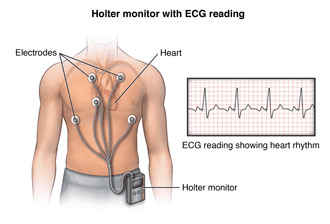
Holter điện tâm đồ
3.1. What is Holter electrocardiogram?
Holter electrocardiogram is one of the solutions to detect arrhythmia that has been used for many years, applied to patients with cardiovascular diseases with arrhythmia or suspected arrhythmia. .3.2. Advantages of Holter electrocardiogram method
Holter electrocardiogram method has the outstanding advantage of helping to detect arrhythmias that are not detected by conventional electrocardiograms and detect newly arising arrhythmias.
This method is valuable in the following situations:
Detecting transient arrhythmias Detecting asymptomatic arrhythmias in patients with myocardial infarction, heart failure, or disease Myocardial hypertrophy to assess later cardiovascular risk Evaluation of therapeutic efficacy of antiarrhythmic drugs Contributing to the diagnosis of ischemic cardiomyopathy.
3.3. Holter electrocardiogram procedure
The patient will have electrodes attached to the chest wall. The electrode skin area is cleaned. Currently, most machines have 3 channels with 5-7 electrodes. The electrode placement depends on the number of electrodes. While wearing the device, the patient can still do normal activities, avoid exertion, do not wet the device and do not bump the device because it is easy to interfere with the electrocardiogram image. During the time of wearing the device, if there are abnormal symptoms, it is necessary to press the button to mark the time of being affected, and fully record these symptoms and the exact time when the symptoms occurred in the diary. After 24-48 hours, the patient was scheduled to return to remove the device. The results will be analyzed by computer and printed into a log for evaluation. Vinmec International General Hospital is currently implementing the Cardiac Arrhythmia Examination Package, which uses the Holter electrocardiogram method to detect cardiac arrhythmias. The examination package is performed by a team of well-trained doctors, experienced in diagnosing and treating cardiovascular diseases, always devoted and wholehearted to the patient, with the support of modern machinery and equipment. Modern technology will help detect arrhythmias early and most accurately, so that appropriate treatment can be given.Please dial HOTLINE for more information or register for an appointment HERE. Download MyVinmec app to make appointments faster and to manage your bookings easily.





